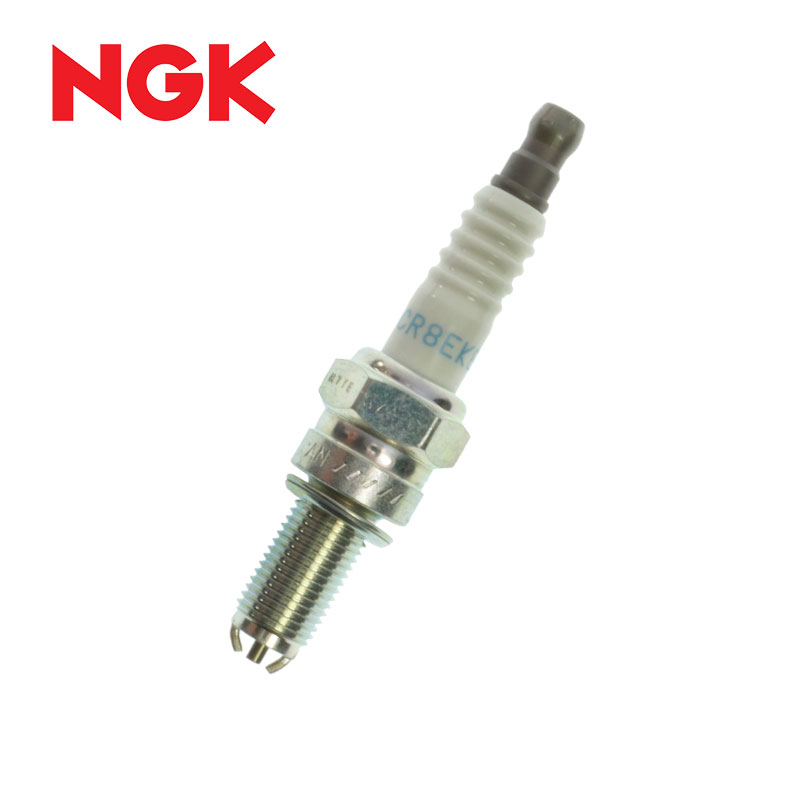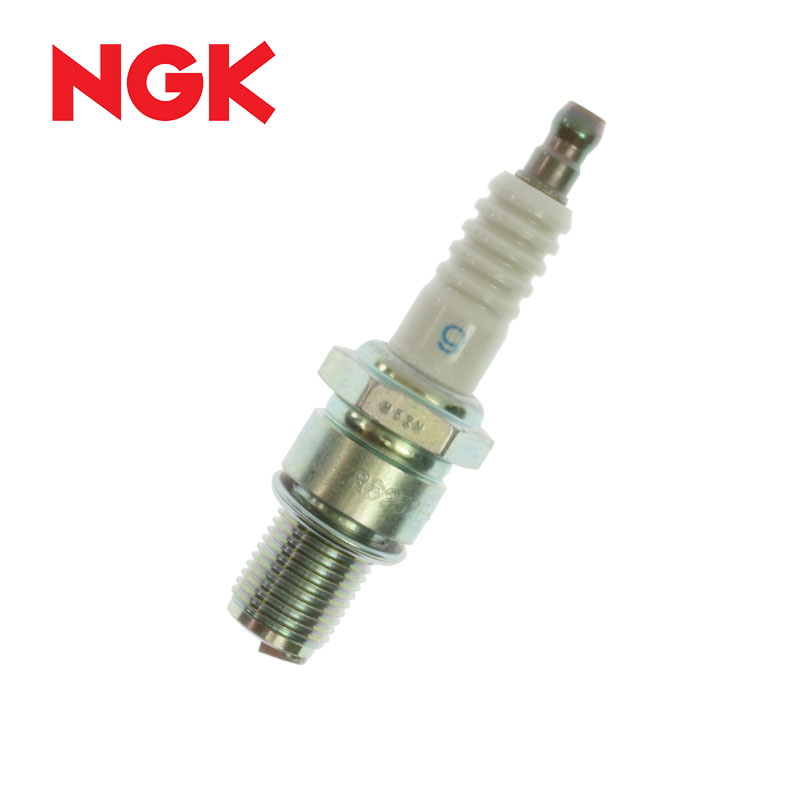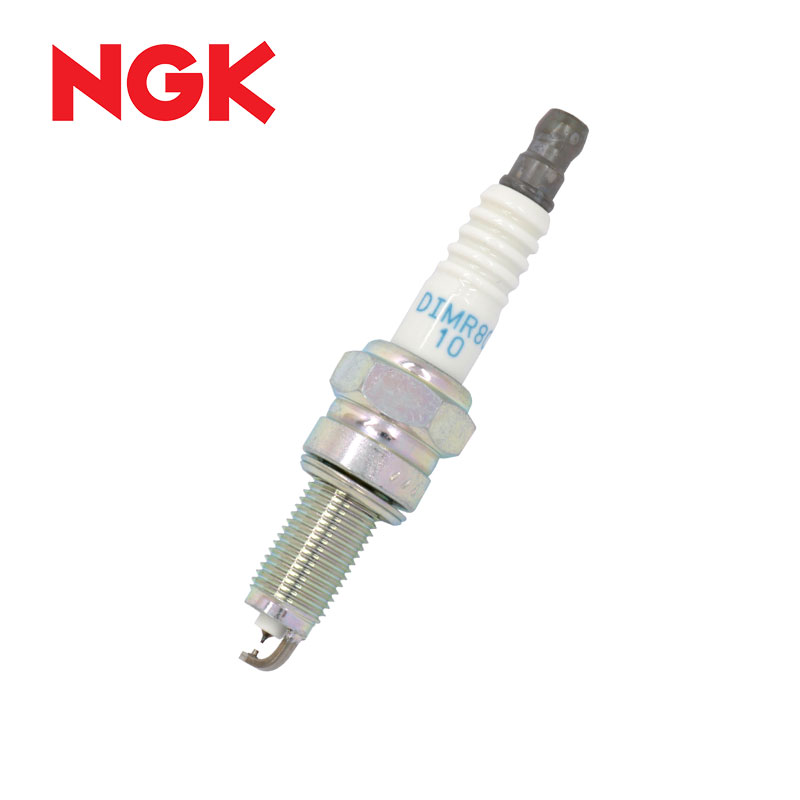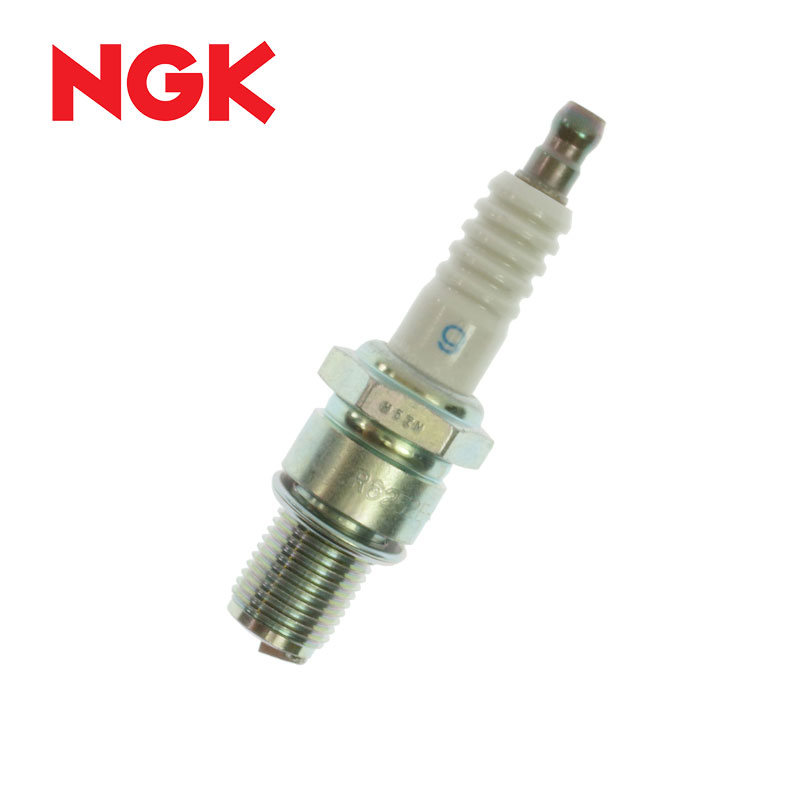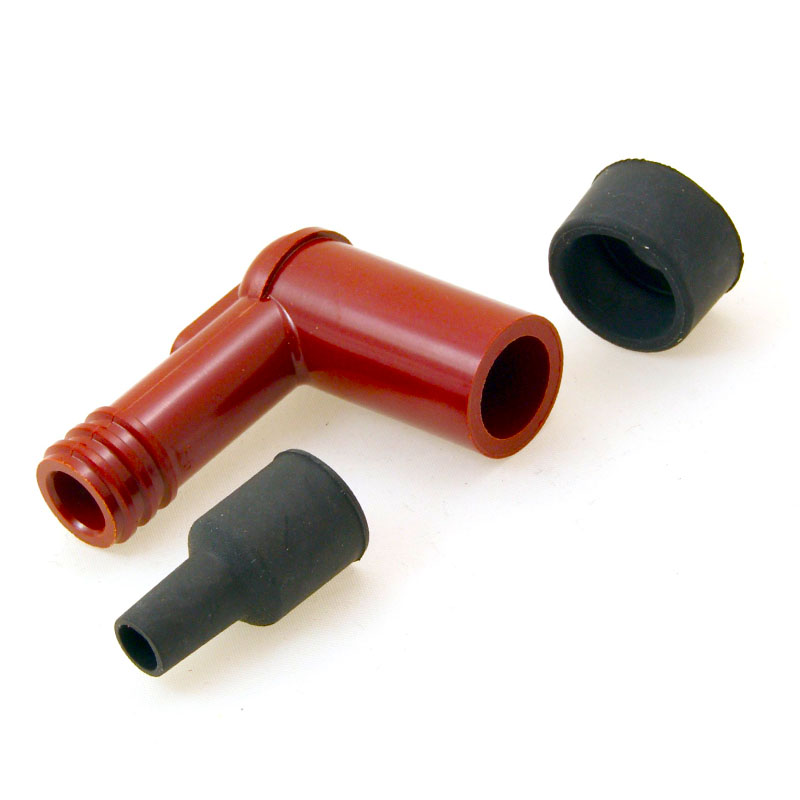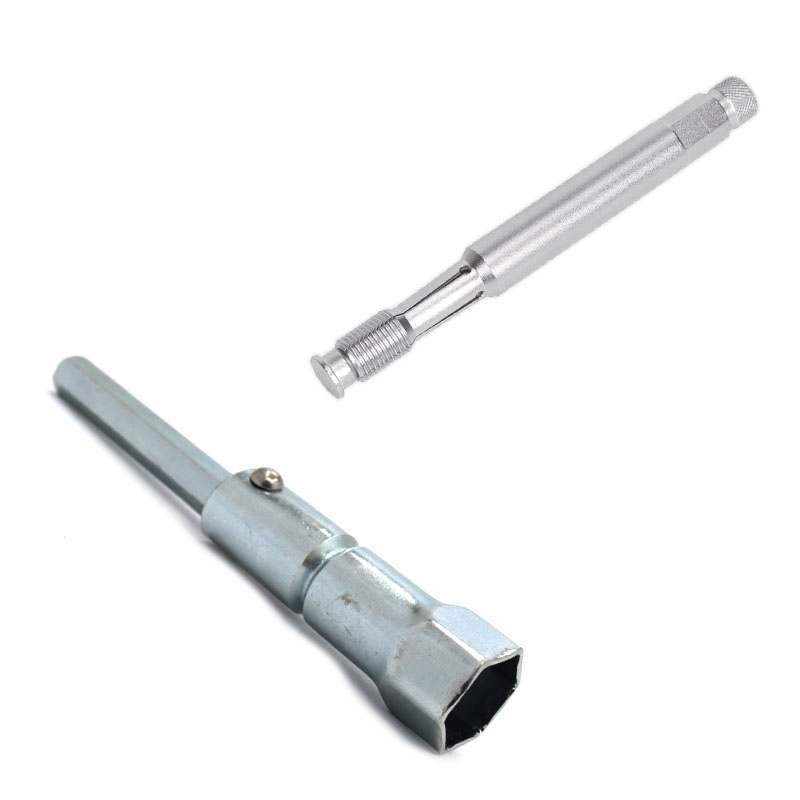NGK Spark Plug Guide | Understanding Codes, Heat Ranges & Construction
NGK spark plugs are more than just part numbers—they contain detailed information about the plug's construction, size, and function. This guide breaks down the DPR9EA-9 code and explains what each part means.
Breaking Down the NGK Code: DPR9EA-9
Each section of the NGK code reveals something specific about the spark plug:
| Code | Meaning |
|---|---|
| D | Thread diameter, pitch, and hex |
| P R | Projected insulator and resistor type |
| 9 | Heat rating |
| E | Thread reach |
| A | Firing end construction |
| - | Separator |
| 9 | Spark gap |
Thread Diameter & Wrench Size
| Code | Thread Diameter | Pitch | Hex Size |
|---|---|---|---|
| D | 12mm | 1.25mm | 18.0mm |
Construction Shape & Features
| Code | Feature |
|---|---|
| P | Projected insulator |
| R | Built-in resistor |
Heat Rating
The heat rating ranges from 2 (hot) to 14 (cold). Lower numbers mean hotter plugs, which retain heat longer. Higher numbers indicate colder plugs that dissipate heat more efficiently.
Thread Reach
| Code | Thread Reach |
|---|---|
| E | 19.0mm |
Firing End Construction
| Code | Description |
|---|---|
| A | Specific firing end construction (varies by application) |
Spark Plug Gap
| Code | Gap (mm) | Gap (inch) |
|---|---|---|
| 9 | 0.9mm | 0.036" |
Hot vs. Cold Spark Plugs
The heat range affects how quickly the plug dissipates heat:
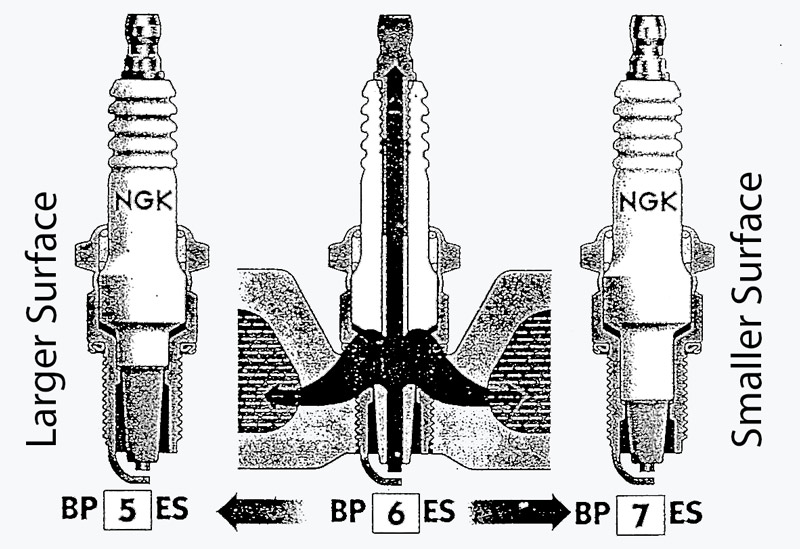
Hot Type (e.g., BP5ES)
Exposes more surface area to combustion gases, heats up quickly—ideal for cold weather or short trips.
Cold Type (e.g., BP7ES)
Less surface exposure; stays cooler—ideal for high-performance or high-speed engines.
NGK Plug Types
- 'S' Type (BP6ES): Copper core for great conductivity and anti-fouling.
- 'G' Type (BP6EG): Fine-wire nickel alloy tip; lower voltage requirement.
- 'V' Type (BP10EV): Gold palladium alloy for better ignitability.
- 'GV' Type (BP9EGV): Precious metal and stronger design—used in racing.
- 'VX' Type (B8EVX): Platinum center for durability and anti-fouling.
- 'IX' Type (BR8EIX): Iridium tip for maximum durability and high performance.
Final Thoughts
NGK spark plugs are engineered for performance and reliability. Understanding their codes helps ensure proper fit, heat management, and ignition efficiency for your engine.



 FR
FR EN
EN
